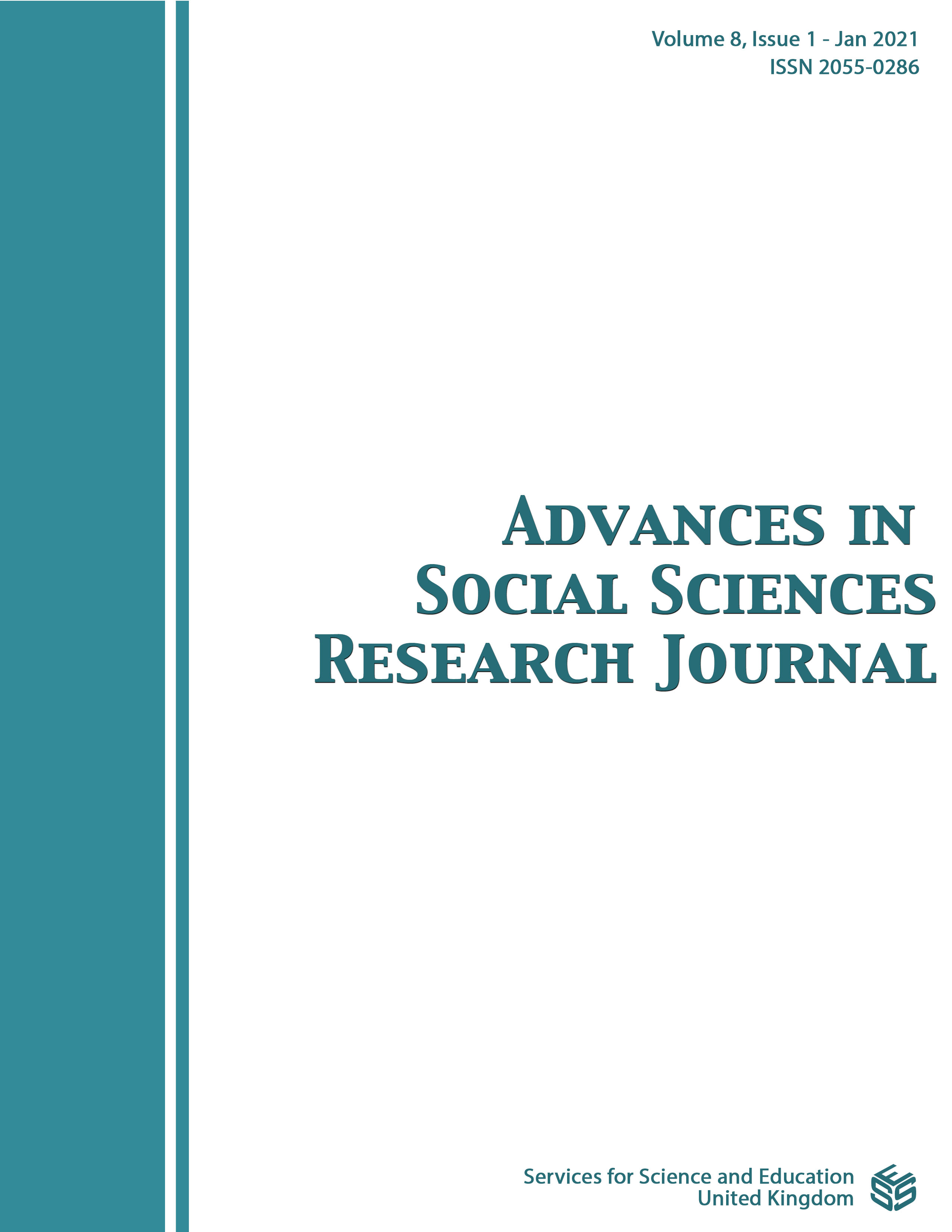Humanity Imperiled by the Geomagnetic Field and Human Corruption
DOI:
https://doi.org/10.14738/assrj.81.9639Keywords:
Magnetic reversals; Corona ejections; Electrical transmission networks; Communications disruptions; Solar wind; Geomagnetic storms; Paradigm shift; Inner core.Abstract
Earth’s magnetic field acts as a shield, protecting life and our electrically-based infrastructure from the rampaging, charged-particle solar wind. In the geologic past, the geomagnetic field has collapsed, with or without polarity reversal, and inevitably it will again. The potential consequences of geomagnetic collapse have not only been greatly underestimated, but governments, scientists, and the public have been deceived as to the underlying science. Instead of trying to refute or advance a paradigm shift that occurred in 1979, global geoscientists, individuals and institutions, chose to function as a cartel and continued to promote their very-flawed concepts that had their origin in the 1930s and 1940s, consequently wasting vast amounts of taxpayer-provided research money, and making no meaningful advances or understanding. Here, from a first person perspective, I describe the logical progression of understanding from that paradigm shift, review the advances made and their concomitant implications, and touch upon a few of the many efforts that were made to deceive government officials, scientists, and the public. It is worrisome that geoscientists almost universally have engaged in suppressing or ignoring sound scientific advances, including those with potentially adverse implications for humanity. All of this suggests that the entire institutional structure of the geophysical sciences, funding, institutions, and bureaucracies should be radically reformed.
Downloads
Published
How to Cite
Issue
Section
License
Authors wishing to include figures, tables, or text passages that have already been published elsewhere are required to obtain permission from the copyright owner(s) for both the print and online format and to include evidence that such permission has been granted when submitting their papers. Any material received without such evidence will be assumed to originate from the authors.






